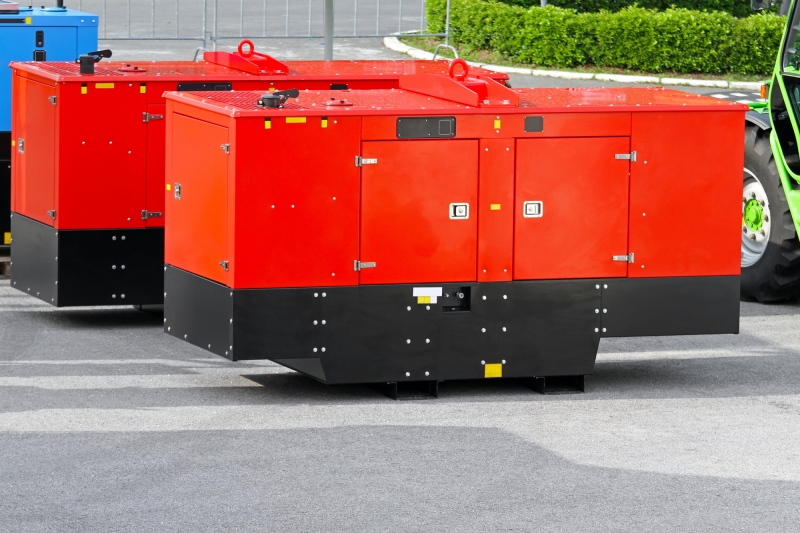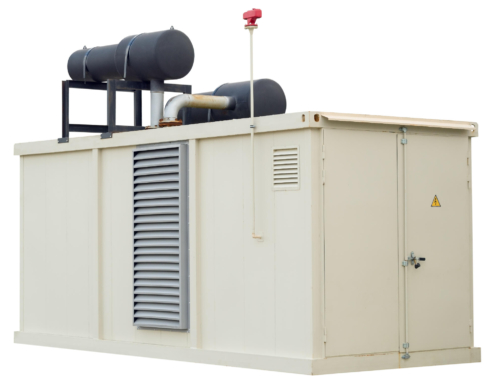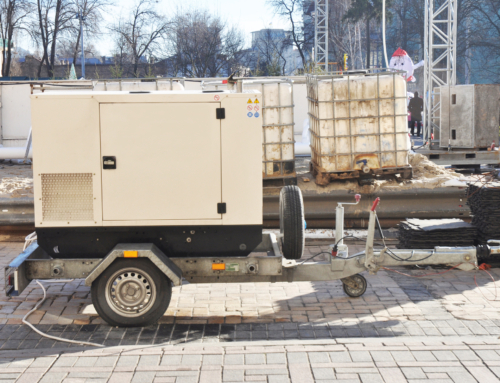Are you taking care of your diesel generator? If you’re waiting until it’s scheduled maintenance period, then you’re leaving yourself vulnerable to it shutting down or breaking to the point it’s irreparable.
Preventative maintenance ensures that when you need to call upon your generator, that it’s ready to step up. Not only should you have a diesel generator preventative maintenance schedule, but you should also have a checklist. This way you won’t forget anything.
But what should go on your preventative maintenance checklist? Some manufacturers don’t include these instructions with their generators. Luckily, we’ve put one together no matter what brand you’re using to power your site.
Table of Contents
Set a Preventative Maintenance Schedule
The first step in constructing a diesel generator preventative maintenance procedure is deciding on how frequently you will perform the checks. This doesn’t necessarily mean locking in a day or a few hours a month. Some parts require more frequent inspections to ensure they stay in working order.
The coolant heater, oil and fuel levels, and air piping are items that should get checked daily. Just in case today becomes the day that you need to use the diesel generator.
Checking the battery and air cleaner should have weekly inspections. You should also drain the water from the tank and filter this often as well.
More complex inspections such as the coolant, water-traps, drive belt, and starting batteries should get looked at monthly. This requires several types of preventative maintenance techniques.
Changing filters, cleaning the crankcase breather, and flushing the cooling systems are best performed half-yearly. You can choose to do this annually, but it’s better to be safe than sorry.
Visual Checks to Perform
Not everything requires you to don a pair of overalls for preventative maintenance of a diesel generator. Some only need you to complete a visual inspection and record your findings.
For the air restriction indicator, you want to check to see if the gauge has gone into the red. This means it’s time to change the air filter. Once you’ve performed this task, you can reset the indicator.
The fuel water separator routes water to the bowl at the bottom so it can get released via the valve. You can test this using a water indicating paste. If it turns pink, then you have nothing to worry about. If it becomes red, then your fuel is contaminated with water.
Check to see if there’s any oil in the coolant. Sometimes it can appear white after the diesel generator has been in use. This can indicate issues with the head gasket or the cylinders and should get looked at immediately.
Coolant in the oil is also an issue. Check the dipstick for a milky residue. If you discover any, then you should schedule the generator for urgent repairs.
Load Bank Testing
A load bank is an item designed to test and validate how well a generator will perform. It does this by producing artificial electricity loads to measure how well it manages the temperatures and pressures of the conditions.
The load is gradually increased at set times to better understand if the generator is capable of handling the extra volume. It’s also tested to see if it can function normally over an extended period of time.
This test is often conducted annually, and records are compared to prior examinations. This provides insight into whether any parts need replacing and peace of mind that the generator will perform when it’s required for use.
Stress Testing
Load bank testing provides an artificial simulation to test the diesel generator. But stress or confidence testing uses your actual environment to put it to the test.
A diesel generator can get used in an unforeseen circumstance. So, a stress test can prove that it can get pushed to its limits at these times. This provides a more accurate reading of not only the capability of the generator but also the power requirements from your facility.
These readings can get used to create actions around how the generator will get used in an unforeseen circumstance. It can also build a business case for upgrading the generator to facilitate the requirements needed by the company to maintain normal operations.
Analyzing Fluids
There are a lot of fluids required to keep a diesel generator operational. It’s important to monitor them all as if one of them fails, then it can lead to disaster for the machinery.
One of the key liquids to monitor is the diesel fuel itself. It only lasts six to 12 months and degrades over time. Contaminated fuel can also lead to detrimental issues for the generator.
Thankfully, there are some easy ways to spot bad fuel early. These indicators include:
- The color of the fuel turning darker
- The fuel giving off an unusual odor
- The fuel lines clogging
- The exhaust smoke appearing to be darker
- Excess sludge or sentiment at the bottom of the fuel tank
- The generator fails to start due to damage to the fuel injectors
If you complete frequent fuel checks, you can catch this early. It will help avoid needing to replace the generator or some costly mechanical bills.
What’s the right time to upgrade diesel generator?
Performing everything on a diesel generator preventative maintenance checklist is the key to it living a long life. It doesn’t matter if you run it regularly or only in an emergency. You should complete checks to ensure it won’t let you down when you need it.
If you discover that you need a new diesel generator, you should get in touch with us. Not only do we sell a range of high-quality diesel generators, but we also buy them. Get in contact with us for a free consultation and make sure you’ve got the right diesel generator for your business.





![How to Calculate the Efficiency of a Diesel Generator [With Formula]](https://swiftequipment.com/wp-content/uploads/2023/04/diesel-generator-500x383.jpeg)

Leave A Comment